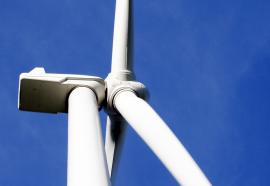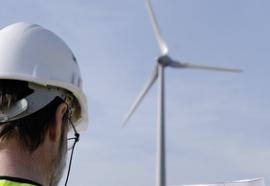Bonneville Power Administration Energizes New 500-kV Transmission Line in Washington
Submitted by aburr on Mon, 2015-11-30 12:57Bonneville Power Administration (BPA) energized and brought into service a new 500-kV transmission line in southeastern Washington. The 38-mile, single-circuit line connects BPA's Central Ferry Substation near the Port of Central Ferry in Garfield County, Wash., to BPA's Lower Monumental Substation in Walla Walla County. The line increases the electrical capacity of BPA's transmission system in response to requests for transmission service in this area.







